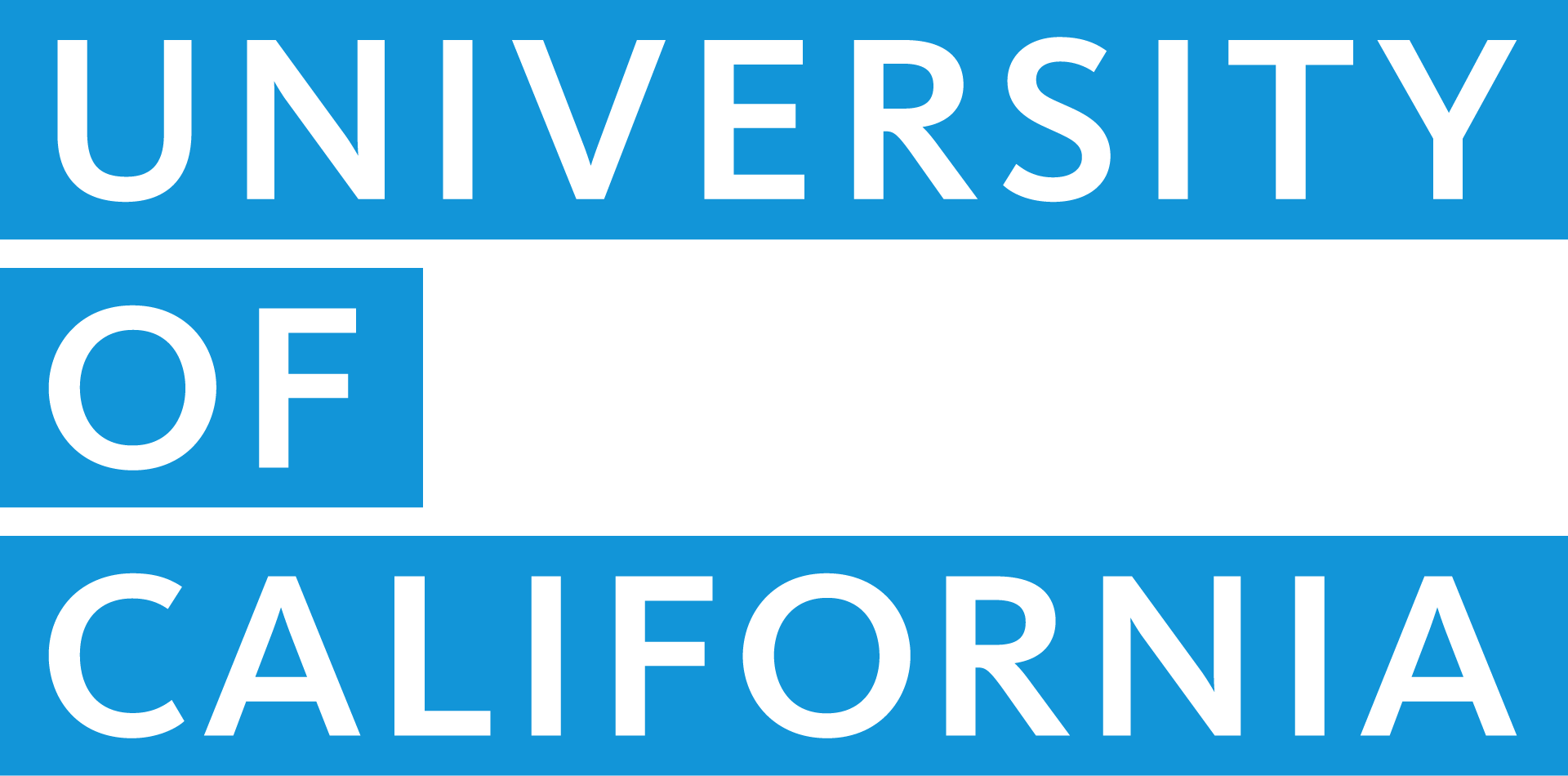Six UC locations recognized in recent Forbes workplace rankings
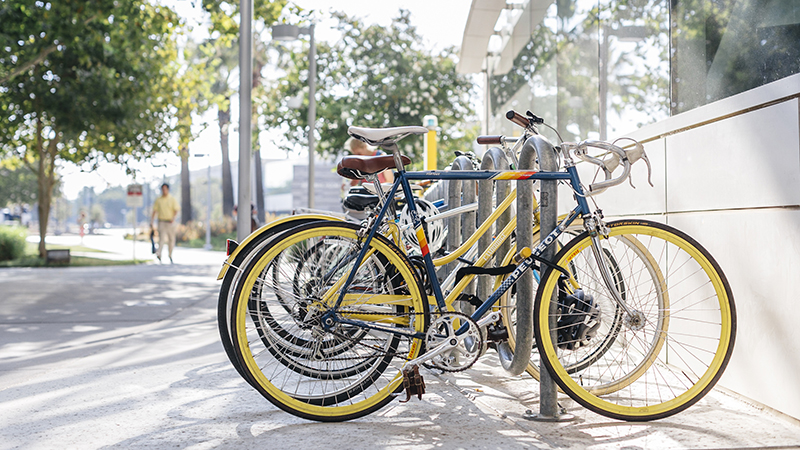
September 25, 2025
The rankings, which are based on current and former employee surveys, recognize company culture and health care workplace excellence.
UC People: Juyung Yoo, preservationist
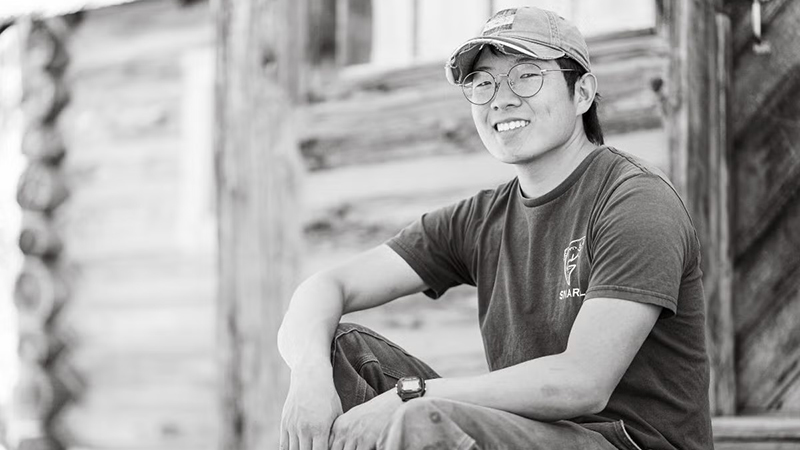
September 24, 2025
The UC Natural Reserve System introduced Juyung to the concept of field research and changed the trajectory of his life.
Four UC Health medical centers highlighted in Vizient’s 2025 rankings
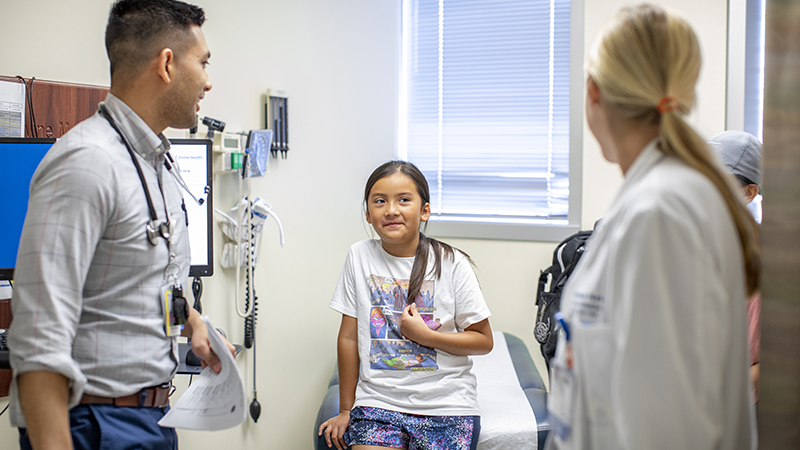
September 23, 2025
These competitive national awards recognized UC hospitals for their efforts in delivering exceptional patient care.
Whole health recovery promotes healing from substance use disorder
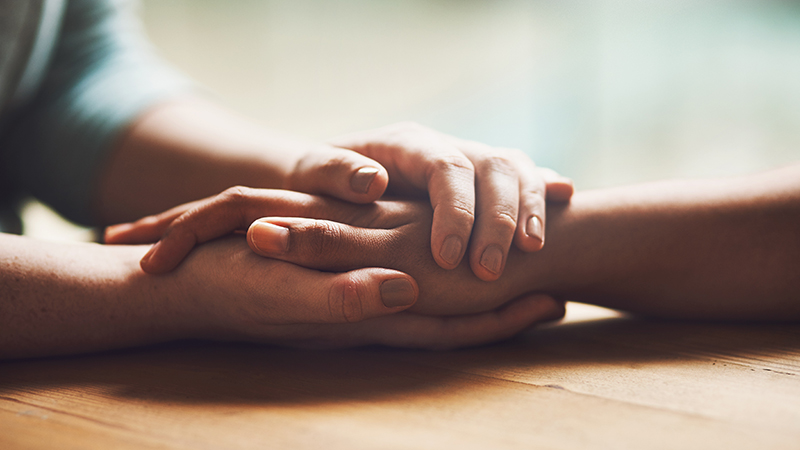
September 23, 2025
UC Davis Health psychologist Nicole Schultz shares an update on how new treatments and ideology support people through the recovery process.
UCnetwork: September 2025
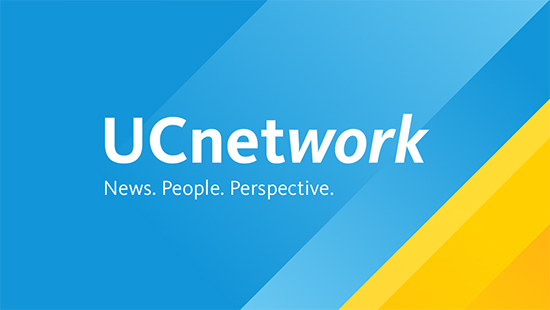
September 17, 2025
Read our University of California systemwide staff newsletter for updates on staff achievements, research, benefits and more.
UC Spotlight: September 2025
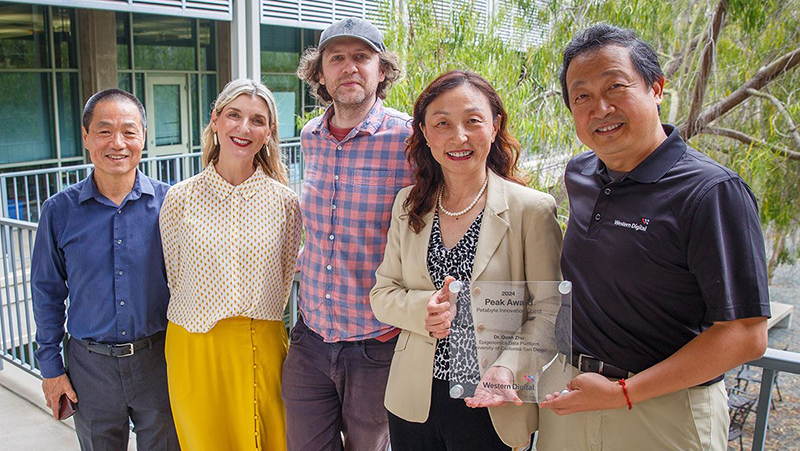
September 16, 2025
Learn how UC staff are bringing UC’s values to life and making a difference for Californians and the world beyond our state.
UC People: Arturo Galvez, yoga legend
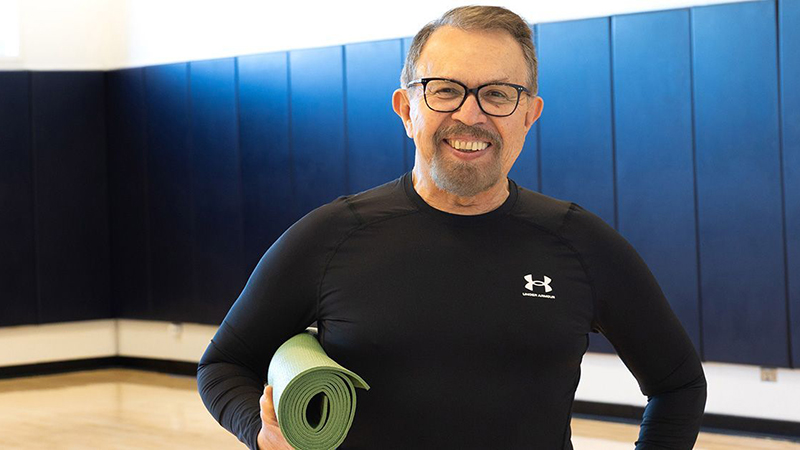
September 16, 2025
UC San Diego yoga legend Arturo Galvez leaves a lasting impact, set to guide another generation of instructors.
UC is a leader in campus sustainability
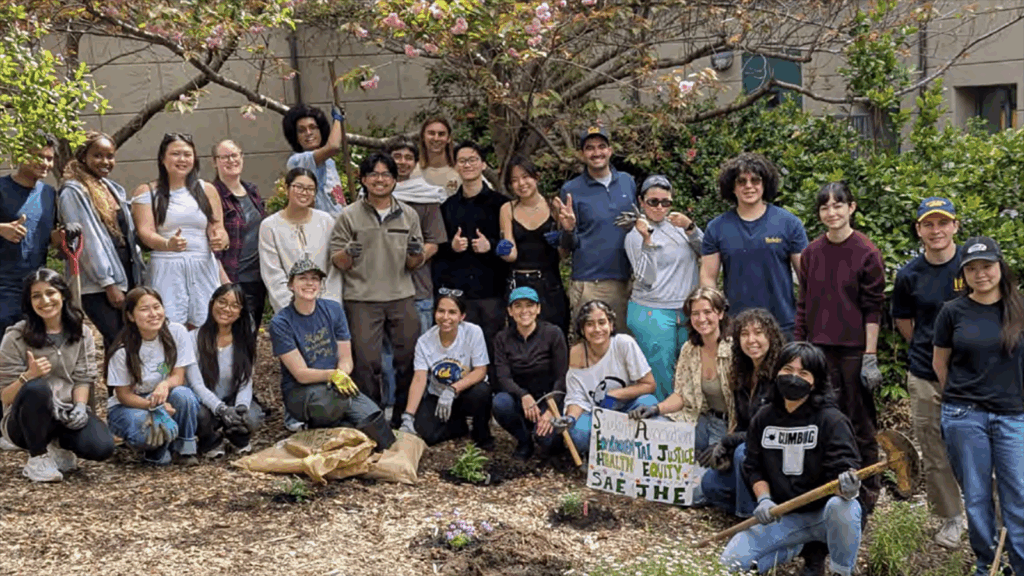
September 16, 2025
On Sept. 9, the Association for the Advancement of Sustainability in Higher Education (AASHE) released its 2025 Sustainable Campus Index (SCI), rating six UC campuses …
Several UC Health leaders recognized for industry excellence
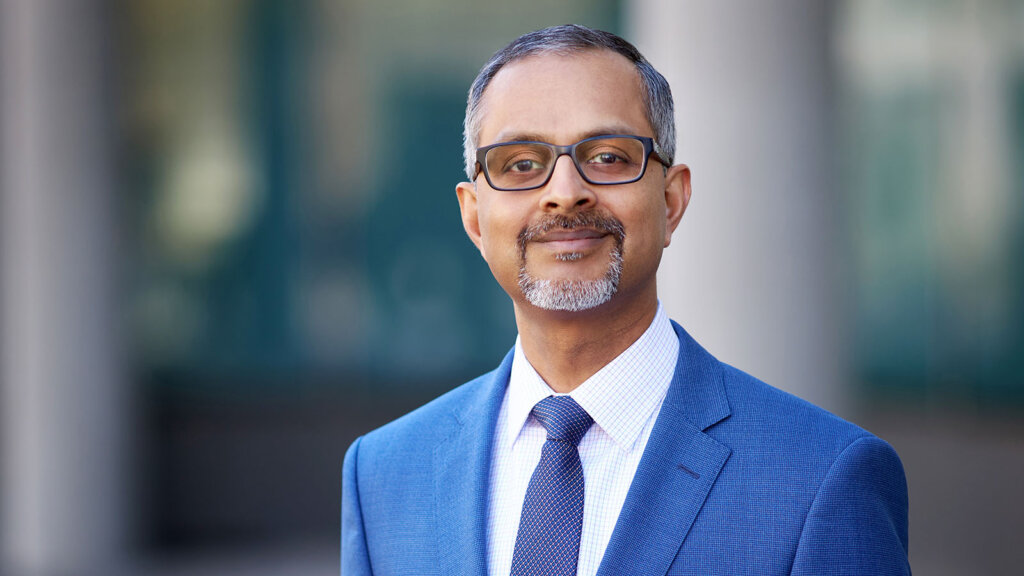
September 15, 2025
Several UC Health leaders from five academic medical centers were recognized for excellence in the health care field.
A message from President Milliken to the UC community
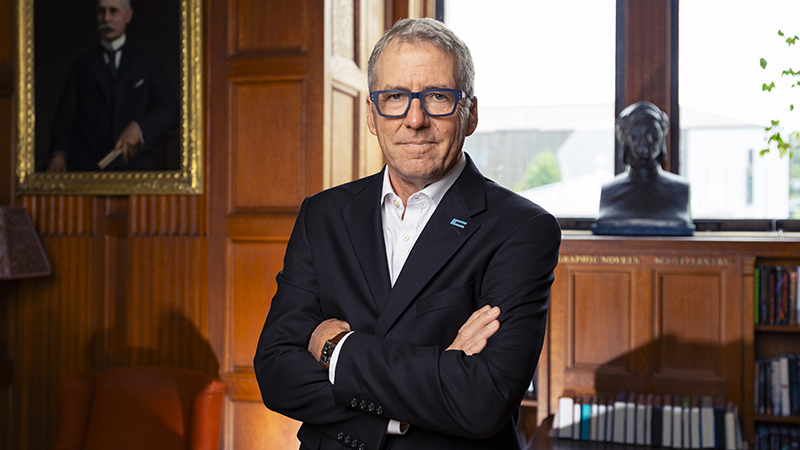
September 15, 2025
UC President James B. Milliken provides an update on the federal administration’s actions against UCLA and the university’s federal funding.
